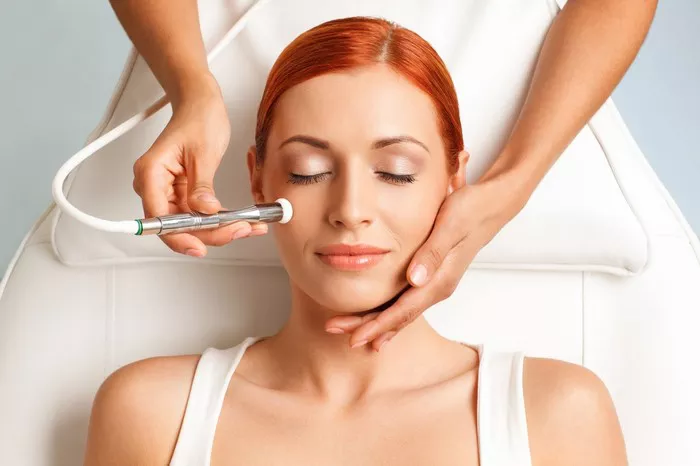Microblading has gained significant popularity as a semi-permanent solution for achieving beautifully shaped and defined eyebrows. This cosmetic procedure involves the use of fine needles to create tiny incisions in the skin and deposit pigments that mimic the appearance of eyebrow hair. As with any beauty treatment, there are various myths and misconceptions surrounding microblading, one of which is the idea that it can make hair grow back thicker. In this article, we will address this common misconception, explore the science behind hair growth, and provide a clear understanding of how microblading actually affects eyebrow hair.
Understanding Microblading:
Microblading is a cosmetic tattooing technique designed to enhance the appearance of eyebrows. It involves the use of a handheld tool equipped with fine needles to create superficial incisions in the skin’s topmost layers. Pigments are then deposited into these incisions, resulting in the appearance of fuller, more defined eyebrows.
Hair Growth Basics:
To address the misconception, it’s important to understand the basics of hair growth. Hair growth is determined by factors such as genetics, hormonal changes, and individual characteristics. Each hair follicle on the body goes through growth and resting phases, with new hair eventually replacing old hair that has shed.
Microblading and Hair Growth:
Microblading does not alter the fundamental nature of hair growth or make hair grow back thicker. The procedure involves creating incisions in the uppermost layer of the skin, specifically targeting the epidermis. Hair follicles, on the other hand, are located much deeper in the dermis layer of the skin.
a. Hair Follicle Location: Hair follicles are situated below the epidermis, in the dermis layer of the skin. Microblading does not impact or interact with hair follicles, and thus, it does not influence the growth pattern or thickness of natural eyebrow hair.
b. Surface-Level Enhancement: Microblading enhances the appearance of eyebrows by adding pigment to the epidermal layer. The pigment mimics the appearance of hair strokes, resulting in the illusion of fuller eyebrows.
Dispelling the Myth:
The belief that microblading can make hair grow back thicker likely stems from confusion about how the procedure works. Microblading is not connected to hair follicles or the hair growth cycle. Instead, it provides a cosmetic enhancement by adding color and definition to the surface of the skin.
Benefits of Microblading:
While microblading does not influence natural hair growth, it offers numerous benefits for those seeking well-defined eyebrows:
a. Natural Appearance: Microblading provides a natural-looking enhancement that can address sparse or uneven eyebrows.
b. Semi-Permanent Results: The results of microblading typically last around 1 to 2 years, depending on factors such as skin type and aftercare.
c. Time-Saving: Microblading eliminates the need for daily eyebrow makeup application, saving time in daily routines.
d. Customization: The technique allows for precise customization, creating eyebrows that suit the individual’s unique facial features and preferences.
Consultation and Aftercare:
Before undergoing microblading, it’s essential to schedule a consultation with a qualified and experienced microblading artist. During the consultation, the artist will discuss your goals, assess your skin type, and provide aftercare instructions to ensure optimal healing and results.
Maintenance and Touch-Ups:
To maintain the desired appearance of microbladed eyebrows, periodic touch-up sessions are recommended. These sessions help refresh and maintain the color and definition of the pigment.
Conclusion:
The idea that microblading makes hair grow back thicker is a misconception. Microblading is a surface-level cosmetic procedure that does not impact the growth pattern or thickness of natural eyebrow hair. Rather, it provides a semi-permanent enhancement by adding pigments to the skin’s epidermal layer. Individuals seeking to enhance the appearance of their eyebrows can consider microblading as a viable option, understanding that its effects are limited to the surface of the skin. By dispelling myths and understanding the true nature of microblading, individuals can make informed decisions about the procedure and enjoy the benefits of well-defined and beautifully shaped eyebrows.


